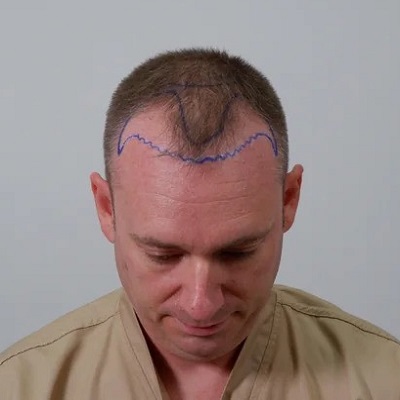
After having a transplantation, you might be eager to resume your regular life. Moreover, you may want to start wearing your preferred caps. However, you must carefully preserve your new follicle cells and ensure your recovery progresses naturally. Therefore, this blog will discuss 10 Tips for Wearing a Hat After a Hair Transplant. Read this till the end to make an informed decision.
10 Tips for Wearing a Hat After a Hair Transplant:
Following are 10 Tips for Wearing a Hat After a Hair Transplant.
1. Wait Before Wearing a Hat:
One should always wait before donning a cap after a transplantation. Usually, you should not wear any protection for at least a week after the operation. This period reduces the likelihood that the transplanted follicles will come free and settle in. During this period, avoid pressuring your head to ensure adequate healing.
2. Choose the Right Type of Hat:
When you’re ready to wear a hat, you want to choose the correct kind. Choose soft, breezy fabrics and caps that fit somewhat loosely. Your best chances are a hat with a broad brim or a cotton baseball cap. A beanie or a cap with a rigid top pressed against your head is not a great idea.
3. Avoid Wearing Hats for Long Periods:
Long-term wearing of a hat after the first healing phase ends is still best avoided. Long-term hat use might aggravate and damage your hair, slowing healing. If you must wear a hat, try to keep it on for a little time and often clean your head.
4. Ensure Your Hat is Clean:
Following a hair treatment, one must maintain cleanliness somewhat closely. Ensure your hat is spotless so it won’t come into contact with your head and transmit bacteria. Particularly if you sweat in them, give your caps regular washing.
5. Be Gentle When Putting on and Taking Off Your Hat:
Put on or gently remove your hat to avoid damaging the transferred strands. Quick head shaking or hat tugging can help to release grafts or overindulge your hair. Take your time and handle your hat carefully.
6. Use Sun Protection:
Remember to don a hat outdoors to shield your head from UV light from the sun. For many weeks after the transplant, you might still have some headache discomfort. Even if you are wearing a hat, you might surround the margins of your head with a sunscreen suitable for delicate skin if you want more protection.
7. Monitor Your Scalp for Irritation:
Watch how the hat alters the sensation of your head. Remove the cap immediately if you notice any symptoms like swelling, itching, or discomfort. Itching that persists might slow down the healing process and compromise the effectiveness of your hair transplant. See your doctor if the misery persists.
8. Avoid Tight Hats During Exercise:
If you work out often, you may wear a hat to prevent sweat from getting into your eyes. Still, you should avoid tight caps that can cause your head to sweat or grow very hot. Overwhelming sweating may damage your skin and complicate the healing process of your new follicle cells.
9. Consider the Weather:
The weather might affect whether you wear a hat after a transplantation. Choose a light, breezy hat to help your head stay from becoming too overheated if it’s hot outdoors. The ideal hat for chilly weather conditions keeps you warm but does not fit too tightly.
10. Consult Your Surgeon for Personalized Advice:
Every transplant is unique; your doctor could provide particular recommendations depending on your situation. See your surgeon to get tailored recommendations before donning a hat. Their guidance may help you decide what that suits you and when it’s acceptable.
Final Thoughts:
Wearing a cap after a transplantation requires patience and careful consideration. These ten suggestions will enable you to wear a hat in comfort and elegance while protecting your recently transplanted follicles. Always prioritize comfort and cleanliness, wait until your head is set, and choose the appropriate kind of cap.
Book your appointment at Dynamic Clinic PK for the best transplantation and safe recovery afterward. Our certified surgeon will also provide complete aftercare support.



